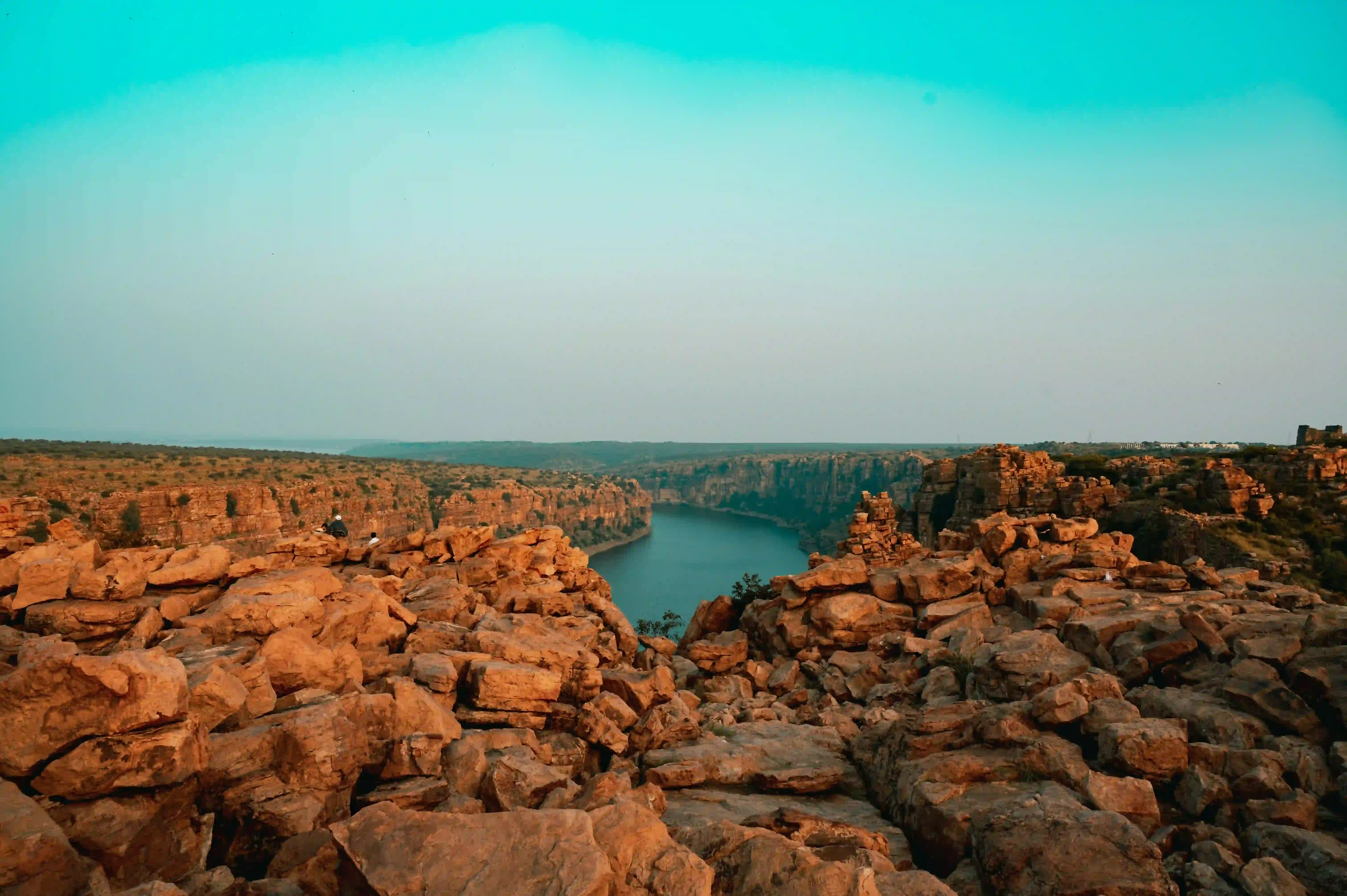Kaziranga National Park, situated in the Golaghat and Nagaon districts of Assam, India, represents one of the most successful wildlife conservation stories in Asia. The park's origin can be traced back to an influential visit in 1904 by Mary Victoria Leiter Curzon, wife of Lord Curzon, the then Viceroy of India. Disturbed by her inability to spot any one-horned rhinoceros and concerned about their declining numbers, she prompted her husband to take decisive action. This led to the establishment of the Kaziranga Reserve Forest in 1905, initially spanning 232 square kilometers, marking the beginning of a remarkable conservation journey.
The evolution of Kaziranga from a reserve forest to a national park unfolded through several significant phases. The area was officially designated as a Reserve Forest in 1908, and by 1916, it had been elevated to the status of Kaziranga Game Sanctuary. This period saw the implementation of strict hunting prohibitions and regulated visitor access. A notable shift occurred in 1950 when forest conservationist P. D. Stracey renamed it Kaziranga Wildlife Sanctuary, deliberately moving away from its hunting-associated nomenclature. The Assam government's passage of the Rhinoceros Bill in 1954 established severe penalties for rhinoceros poaching, demonstrating a strengthened commitment to wildlife protection. The culmination of these efforts came in 1974 when Kaziranga was officially declared a National Park, expanding to encompass 430 square kilometers.
The unique landscape of Kaziranga has been sculpted over centuries by the mighty Brahmaputra River. The park's distinctive topography results from continuous processes of silt deposition and erosion, creating a dynamic ecosystem that encompasses grasslands, wetlands, and forests. The annual flooding cycle, though sometimes challenging for wildlife management, plays a crucial role in maintaining the park's ecological balance. The vegetation mosaic includes vast stretches of elephant grass, dense tropical moist broadleaf forests, and swamp forests. The grasslands are dominated by species such as Saccharum spontaneum and Imperata cylindrica, while the forests host an array of indigenous trees including Lagerstroemia speciosa and Dillenia indica.
Kaziranga's significance extends far beyond its natural beauty, serving as a crucial sanctuary for numerous endangered species. The park houses the world's largest population of one-horned rhinoceros, which has become emblematic of its conservation success. The protected area also supports substantial populations of Asian elephants, wild water buffalo, and swamp deer. The presence of Bengal tigers led to its designation as a Tiger Reserve in 2006, adding another layer to its conservation importance. The park's extensive network of wetlands and water bodies provides essential habitat for diverse avian species, including both resident and migratory birds.
Conservation efforts in Kaziranga have faced numerous challenges over the years. Poaching, particularly targeting rhinoceros horns, has been a persistent threat, leading to the implementation of stringent anti-poaching measures. The park's management has had to balance the needs of wildlife protection with those of neighboring human communities, addressing issues of human-wildlife conflict through careful boundary management and buffer zone policies. The annual monsoon floods, while vital for ecosystem maintenance, require sophisticated wildlife rescue and rehabilitation operations to protect vulnerable animals.
The transformation of Kaziranga reflects broader changes in conservation philosophy in India. The park has evolved from a colonial-era hunting ground to a globally recognized conservation success story. Local community involvement has been crucial to this transformation, with many former poachers now serving as forest guards and wildlife guides. This shift demonstrates the effectiveness of integrating local knowledge and providing alternative livelihoods in conservation strategies. The park's inscription as a UNESCO World Heritage Site in 1985 brought international recognition and support for its conservation efforts.
Looking toward the future, Kaziranga faces new challenges and opportunities in wildlife conservation. Climate change impacts, increasing human pressure on natural resources, and the need to balance conservation with sustainable tourism require innovative management approaches. The park authorities are focusing on habitat expansion and maintaining ecological corridors with neighboring forests. Modern technologies like drone surveillance and GPS tracking are being integrated into conservation efforts. Through these continuing adaptations, Kaziranga stands as a model for successful wildlife conservation, demonstrating how determined protection efforts can save endangered species while preserving complex ecosystems for future generations.









